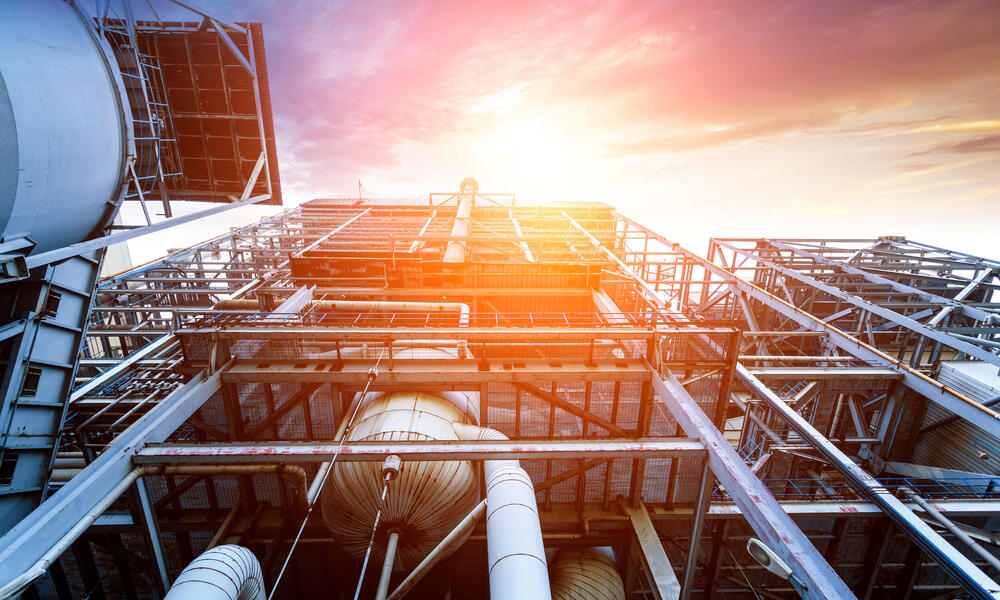The 2030 Climate Challenge
WWF recently won the 2030 Climate Challenge, a competition for a single $10M dollar grant to rapidly scale this work. Our bold vision is to slash industrial thermal emissions by 30%. We will achieve this by increasing industrial renewable thermal energy use initially by 20% by 2026 and then by 150% by 2030.
“The best initiatives aim to address big problems with bold targets and credible metrics to track progress. The Renewable Thermal Collaborative does all of these things. It will slash the growing but largely neglected emissions from industrial thermal energy use—without which there is no credible path to achieving our Paris Agreement targets. And it sets an ambitious goal of a 30% emissions cut by 2030, with a stepwise plan to get there over the next nine years. WWF is proud to partner with the Center for Climate and Energy Solutions and David Gardiner and Associates on this initiative, and we thank Lever for Change for making this transformational gift possible.”
- Carter Roberts, president and CEO of WWF
Do you use air conditioning to cool your house or a furnace to heat it? Have you ever baked banana bread? Or boiled water for tea? Then you've used thermal energy. It is the heat (or cold) used to produce something. Thermal emissions include the greenhouse gases released from the processes of heating and cooling.
But let’s think bigger. The device you’re using to read this article was made using thermal energy. The machines that made the clothes you wear were forged with thermal energy. The processes to make the clothes themselves needed considerable use of thermal energy. Even the food you eat was produced, processed, and prepared with thermal energy.
Industrial thermal emissions are the greenhouse gas emissions emitted from each of these industrial processes—and the many, many more that produce all the things we use every day. It’s these industrial thermal energy emissions that represent one of the greatest climate challenges you’ve probably never heard of. Here are four things you need to know about them and what WWF is doing to tackle this challenge.
How big a challenge are thermal emissions?
Industrial thermal energy creates 12.5% of greenhouse gas pollution in the United States. This is the next largest source behind transportation and electricity and more than the entire US agricultural sector. Globally, energy used for heating and cooling is 50% of final energy use and contributes 39% of greenhouse gas emissions from energy-related sources. Without addressing these industrial thermal emissions, we have no way to keep global warming to 1.5 degrees Celsius.
Aren’t we already tackling emissions reductions with renewable energy?
Yes, we are, but mainly for emissions from the power plants that make the electricity that we use in our homes and businesses. Wind and solar power are growing by leaps and bounds because the technology has improved, and prices are low. And, as we electrify vehicles, we can use renewable electricity to power them too. But industrial processes are different. They need heating and cooling on-site and for a specific purpose. You can’t ship heat long distances.
Can we tackle the fossil fuels from industrial thermal emissions in the same way we are transitioning to renewably powered electricity?
Yes and no. Some industrial processes can use renewably powered electricity instead of burning fossil fuels. However, the production of many materials and consumer goods has extremely specific requirements for how hot or cold it needs to be and for how long. And, unfortunately, we don’t yet have many cost-effective renewable options to produce the high temperatures needed to make the things we use every day. But this is changing.
